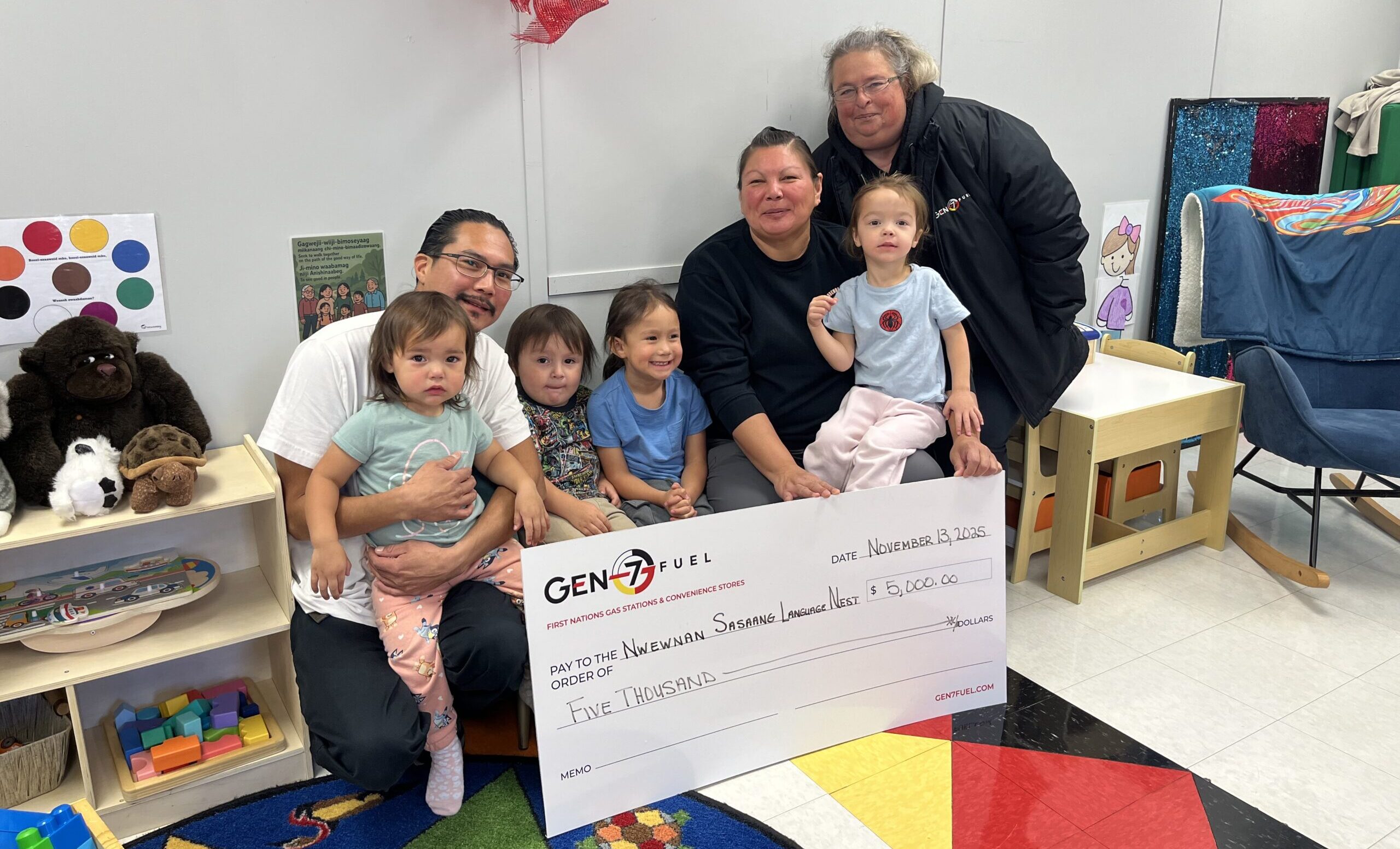Gen7 Fuel and their local Oliver and Osoyoos stations have generously donated $5,000 to the…

Summer Solstice – A Celebration of a Spiritual Way of Life
It is no coincidence that National Indigenous Heritage Day falls on June 21st, the day of the Summer Solstice. To the First Nations, Métis and Inuit peoples in Canada, this day marks the annual spiritual awakening; a new season of life.
What is the Summer Solstice?
To the Anishinaabe peoples, the Summer Solstice is an extremely spiritual day. The Sun – known as Giizis to the Anishinaabe – is closest in the approach to Mother Earth. It is this closeness that gives Earth the longest day of sunlight of the year.
Traditional Indigenous teachings describe the planets as a family. Mother Earth, her planetary siblings, Grandmother Moon and Grandfather Sun travel the Spirit Trail annually. The Spirit Trail is a path across the sky, the only path which crosses from the earthly realm into the spiritual one. On the Summer Solstice, Giizis is at its peak. It dances high and long in the sky before beginning to reverse the cycle and shorten the days.
How do we Celebrate?
There is no one correct way to celebrate this time of year. Traditional celebrations vary depending on the nation, each with its own history and significance. For the Anishinaabeg peoples, the solstice is celebrated with Spring Ceremonies which include feasts, sweat lodges, dancing, drumming and story sharing.
Today, celebrating Summer Solstice is just as important as it was at the beginning of time. It is an opportunity for both Indigenous and non-Indigenous peoples to learn, share stories, and take their personal walk on the Spirit Trail, together.



